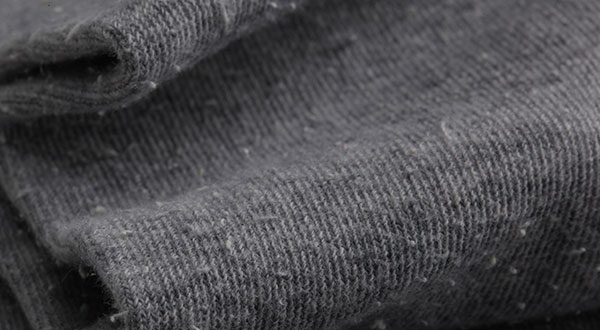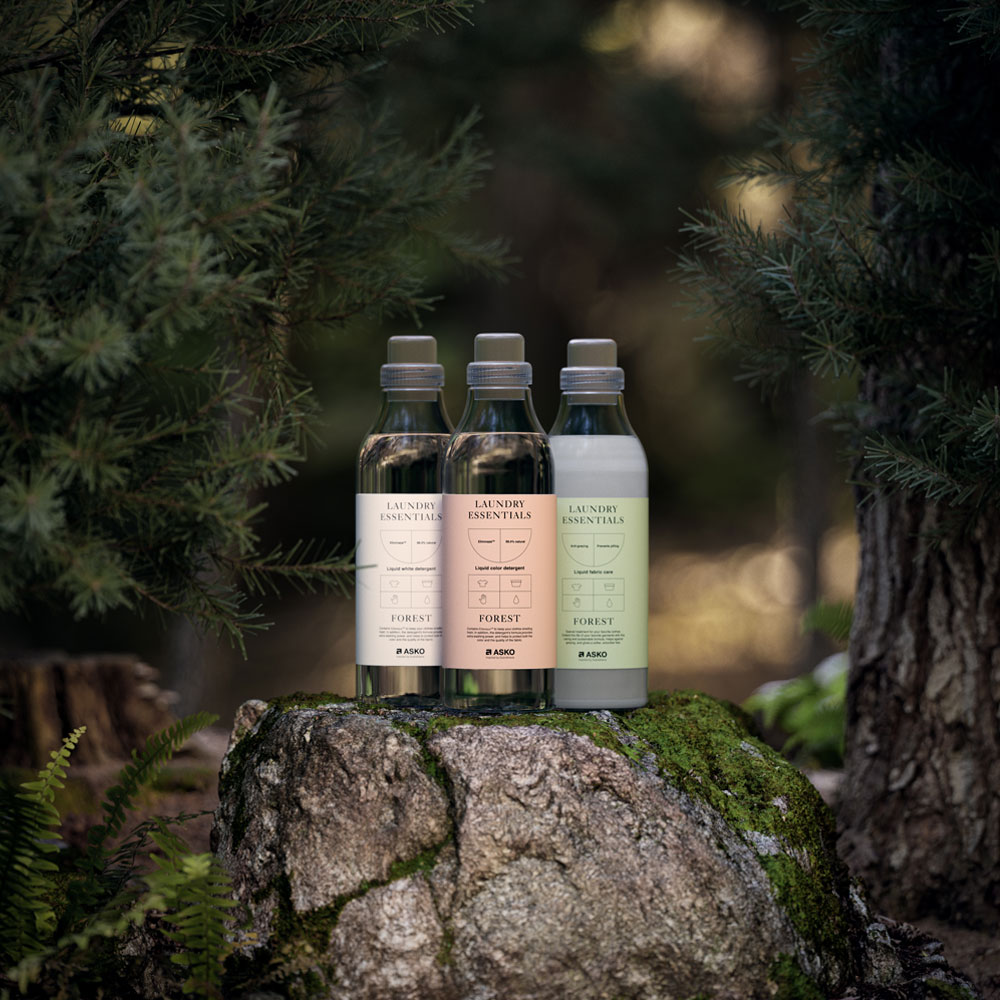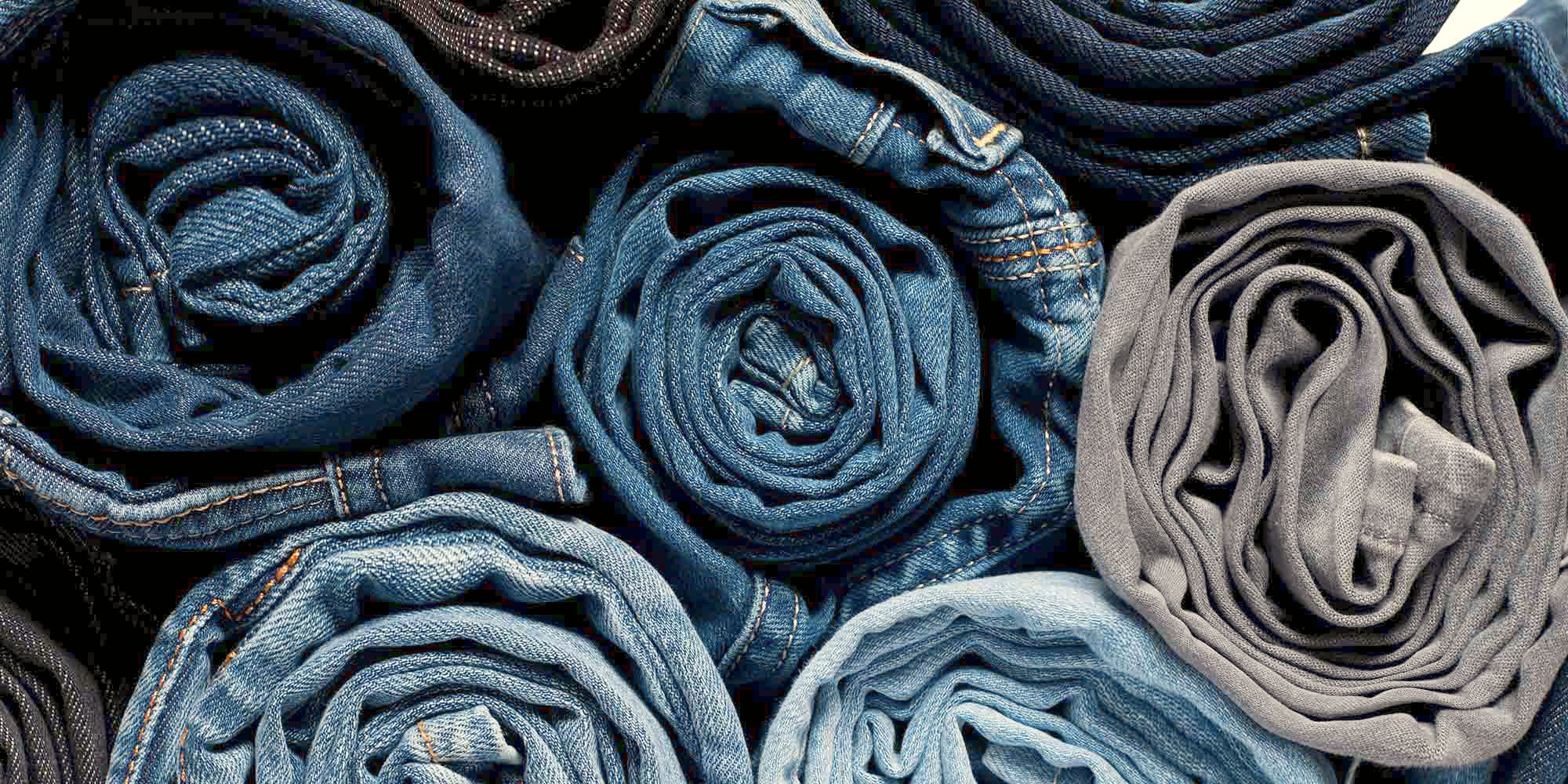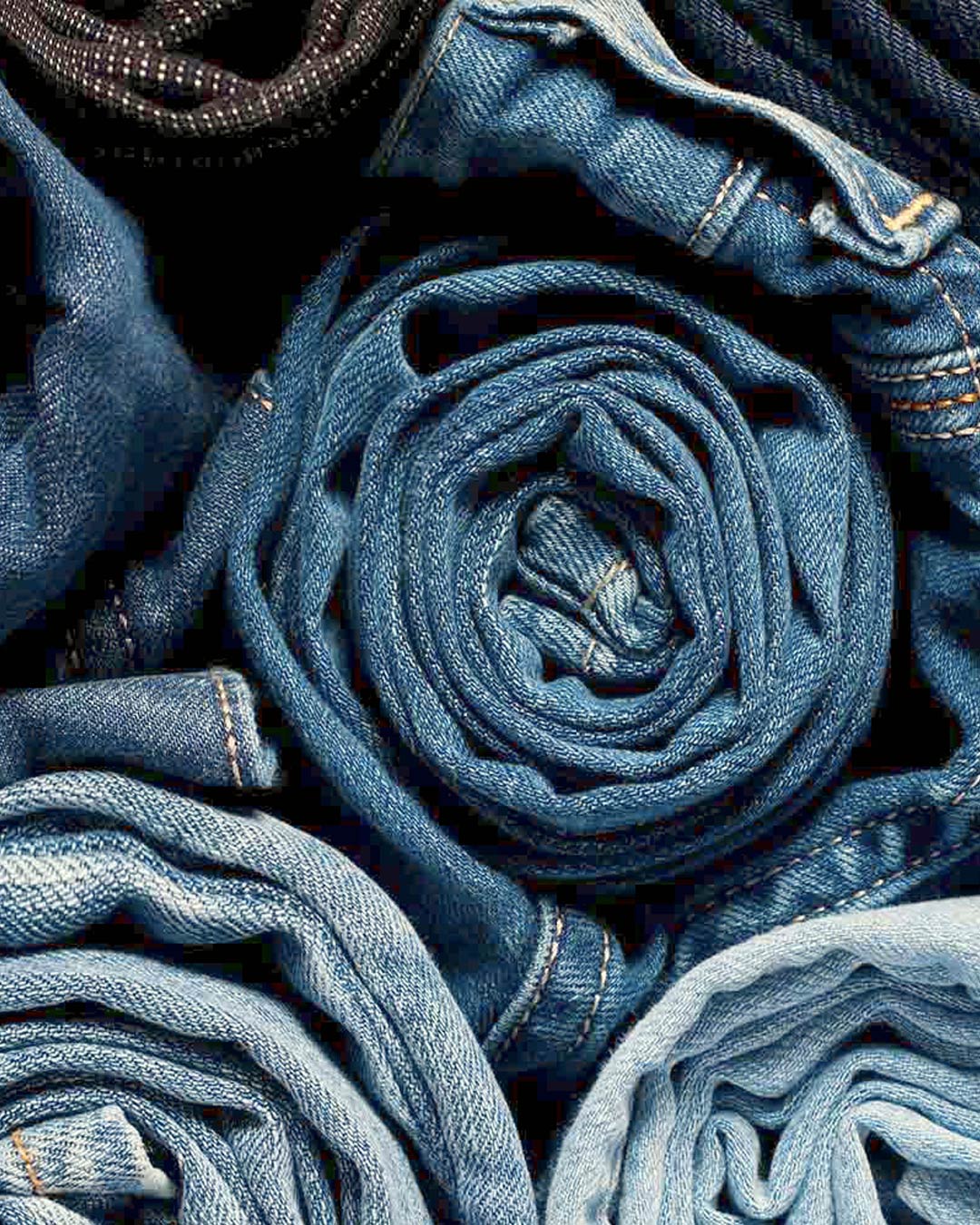Care for clothes.
Care for the environment
There’s a lot of talk about fast fashion, and what it’s doing to the world we live in. One thing we can learn from the conversation – and the controversy – surrounding fast fashion is that, more often than not, it’s the knock-on effects that are most strongly felt: not the actual amount of materials used for the garments themselves. What do we mean by knock-on effects? Things like the total water consumption of the manufacturing processes used to generate a pretty lightweight, simple and plain item. Take a T-shirt for example. A plain t-shirt. Very often, they’re made from cotton. That cotton needs to be grown, then turned into thread via one manufacturing process, and then spun into cloth via another. It might be dyed. It’ll almost certainly be treated somehow. Then, it needs to be packaged and shipped. This all adds up. As much as 2,000 litres of water can be used in the production of a single t-shirt. Just one! What’s more, textile dyeing is the second largest polluter of clean water in the world. Freight and manufacture can have a heavy impact in terms of emissions. And the process is wasteful – with around a third of all cotton lost or discarded in the manufacturing process.What happens if you wear that t-shirt twice, then – as happens to all of us – it loses its shape, or its colour, or its quality, and throw it away? What an enormous waste that would be.
Take care to take care
To reuse something is way better than replacing it. Longevity and sustainability go hand in hand. But it’s not just about making durable clothes. Care is an integral part of the process, too. Taking proper care of clothes prolongs their lifespan, whether it’s by preserving the ways in which they look, maintaining their sizes and shapes, or ensuring that the quality of the fabric stays like new for longer. A lot of this is down to the ways in which the clothes are washed: following the care instructions to make sure that the right programs and temperatures are used.
But a lot is also down to the products that you clean them with. Certain detergents and fabric softeners contain ingredients that help de-fuzz garments – like an enzyme called cellulase that “bio-polishes” and removes any frayed microfibres, stopping them from trapping dirt or gathering into fluffy clumps. Ingredients like this actively reduce the fraying of natural and natural-blend fibres that give an old, fuzzy look. The same process also reduces pilling or bobbling on clothing, and stops lint buildup. Very little can make a favourite garment – or a toy – look worn-out faster than fuzz or pills, so this is a major contribution to long-term fabric care. Fuzz reduction also stops clothes from looking grey or dull – increasing the brightness of white clothing or the sharpness of colours.









Clean and fresh-looking
Remember that you can’t sacrifice cleaning power for the sake of sustainability when it comes to care of clothing. What good will a brightly-coloured, like-new garment be if it’s also smelly and stained? Difficult-to-shift dirt can also consign a favourite item of clothing to the recycle pile as quick as faded or greying fabrics can. Care instructions on garments will help you choose the right programs, and a number of machines also offer modes and programs which are specific to certain types of material or clothing – from delicates to technical sports/performance fabrics. You can also find washing machines and dryers with other functions that take care of clothes instead of merely getting them clean, too: functions that cover everything from the cleanliness of the machine in which the clothes are washed, to the way in which they’re handled when being dried. And detergents play a role here too. So make sure that you choose a detergent where washing power is balanced with active care for the quality of the fabrics.
The other thing is, if you’re using products to protect your clothing – and washing them frequently – you also need to make sure that you’re not undoing your own good deed by also contributing to pollution. Fortunately, a lot of products these days are clearly marked with indicators and certifications that tell you how sustainable they are themselves: so look out for things like the Nordic Swan Ecolabel to let you know you’re making a good choice.

Clean clothes?
Now: back to the t-shirts. Did you know that if every t-shirt in the world was used for just 20% longer, 24 million tons of CO2 would be saved – same as the annual emissions from 10 million medium-sized cars? And that 27 BILLION cubic metres of water would be saved as well? These are pretty amazing figures: and they’re numbers that we can all contribute to by taking good care of our clothes. Choosing the right detergents, the right fabric care products and the right washing machines can have a positive impact. So please give your t-shirts that little bit of extra love they deserve, and let them last a little longer in your wardrobe.
We’d like to help you do it.

ASKO Essentials
ASKO Laundry Essentials are designed to take really good care of fabric – preserving the quality of the fabric, reducing bobbling or pilling, keeping colours bright and looking like new. They’re made with sustainability in mind and don’t skimp on washing performance for the sake of sustainability and fabric care. Find out more on the ASKO Laundry Essentials page.


